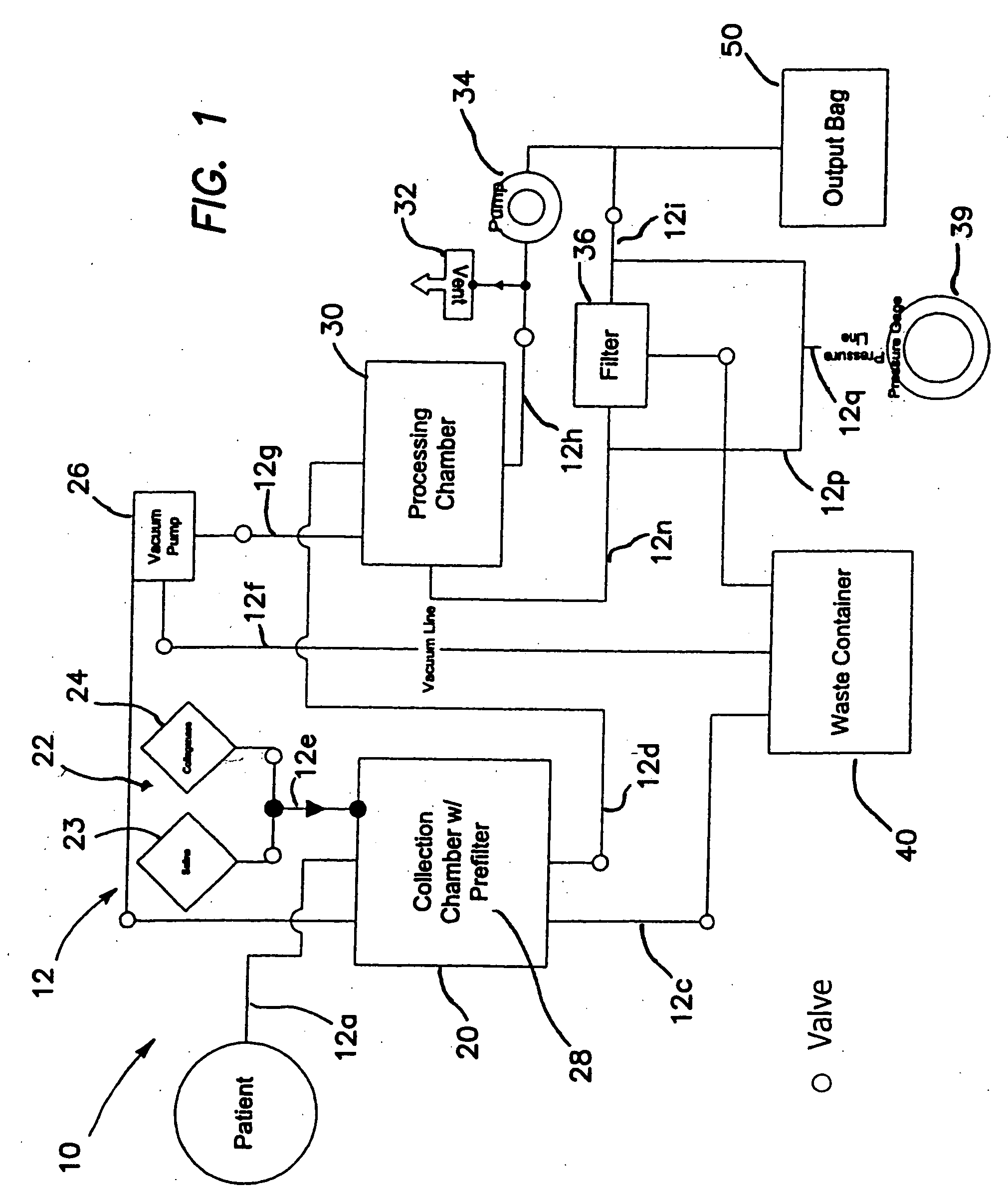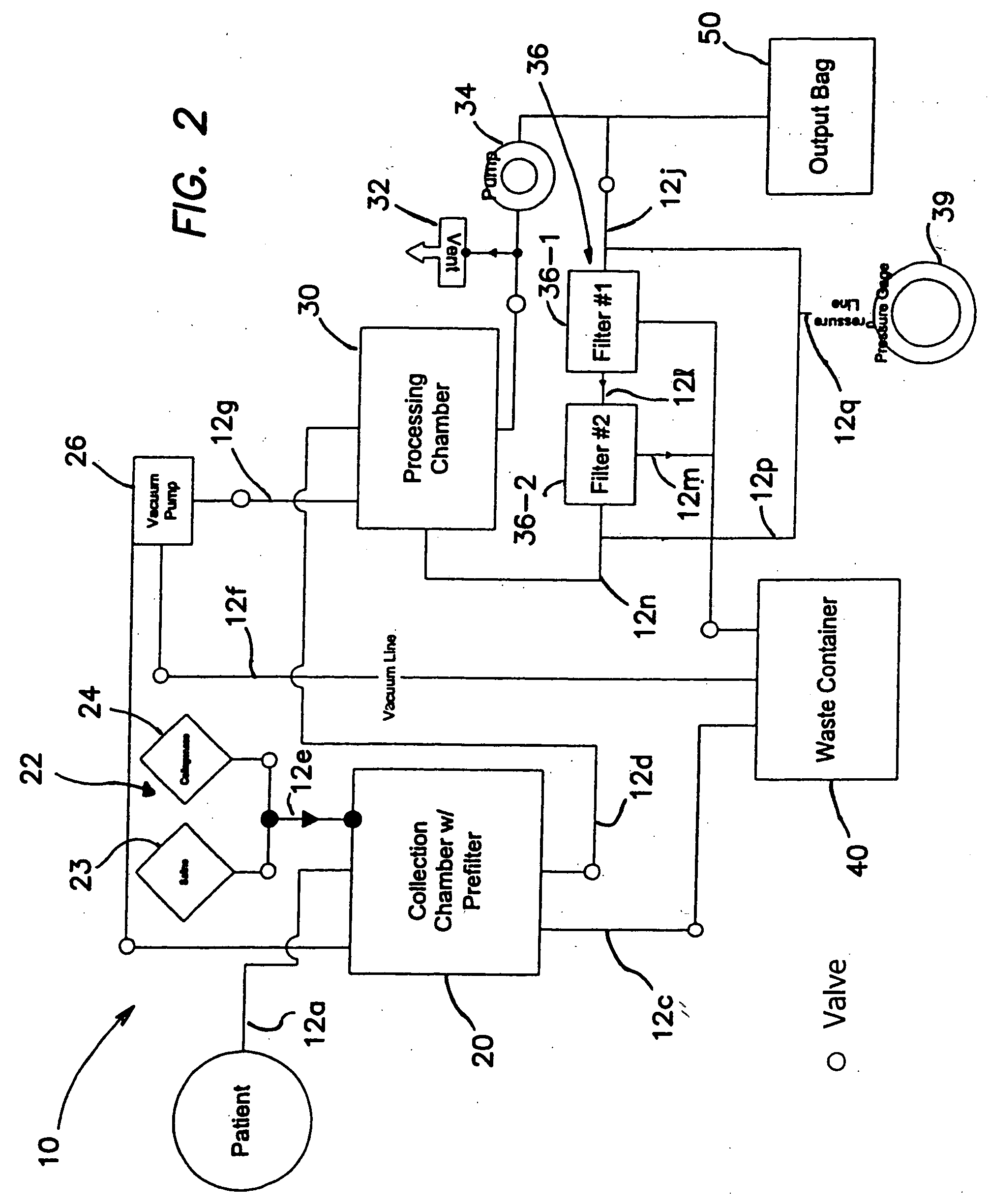Methods of using regenerative cells in the treatment of inherited and acquired disorders of the bone, bone marrow, liver, and other tissues
a technology of regenerative cells and stem cells, applied in the field of regenerative cells, can solve the problems of inability to find suitable methods for harvesting adsc, inability to use marrow-derived msc, and inability to achieve the effect of differentiation
- Summary
- Abstract
- Description
- Claims
- Application Information
AI Technical Summary
Benefits of technology
Problems solved by technology
Method used
Image
Examples
example 1
Adipose Derived Stem Cells Express Hematopoiesis Related Growth Factors
[0192] One million adipose derived cells (ADC) were incubated with alpha-MEM with 10% FBS. When cells reached confluence, the medium was replaced with fresh medium. Cells were maintained for four days after which the supernatant was harvested and the adherent cell number was also counted. Cytokine concentration in the supernatant was measured using RayBiog Mouse Cytokine Antibody Array II (RayBiotech, Inc.): Alpha-MEM with 10% FBS was used as negative control. Data are expressed as mean ±SEM picograms of the secreted factor per 106 cells at the time of harvest.
[0193] The results show that cultured adipose derived cells express a number of growth factors with the ability to stimulate and support hematopoiesis (Table A).
TABLE AExpressionFactor(pg / 106 cells)ReferenceGranulocyte Colony-704.2(McNiece et al.,Stimulating Factor (G-CSF)1991; Engel et al., 1994)Thrombopoietin259.65(Zeigler et al.,1994; Ramsfjell et al...
example 2
Adipose Tissue is Comprised of MSC-like Stem Cells
[0194] Human adipose tissue was washed several times with warm (37° C.) saline to remove excess blood and free lipid. The tissue was then digested at 37° C. with Blendzyme collagenase (Blendzyme 3 for 20 minutes; Roche, Indianapolis, Ind.) in approximately two volumes of saline. Constant agitation was applied to ensure adequate mixing of tissue and medium throughout the digestion. After digestion, non-buoyant cells were removed and washed three times to remove residual enzyme. Cells were counted using a vital dye (propidium iodide) on a hemocytometer using a fluorescence microscope (Zeiss). Washed cells were plated in duplicate at 1,000 cells / well in six multiwell plates (Corning, New Yorkand cultured for 3 weeks in medium consisting of A-MEM (Cellgro, Herndon, Va.), 10% FBS / 5% Horse serum / 1% Antibiotic-antimycotic solution (Omega Scientific, Tarzana, Calif.). After three weeks, plates were rinsed with saline and stained with antibo...
PUM
| Property | Measurement | Unit |
|---|---|---|
| volume capacity | aaaaa | aaaaa |
| diameter | aaaaa | aaaaa |
| diameter | aaaaa | aaaaa |
Abstract
Description
Claims
Application Information
 Login to View More
Login to View More - R&D
- Intellectual Property
- Life Sciences
- Materials
- Tech Scout
- Unparalleled Data Quality
- Higher Quality Content
- 60% Fewer Hallucinations
Browse by: Latest US Patents, China's latest patents, Technical Efficacy Thesaurus, Application Domain, Technology Topic, Popular Technical Reports.
© 2025 PatSnap. All rights reserved.Legal|Privacy policy|Modern Slavery Act Transparency Statement|Sitemap|About US| Contact US: help@patsnap.com



